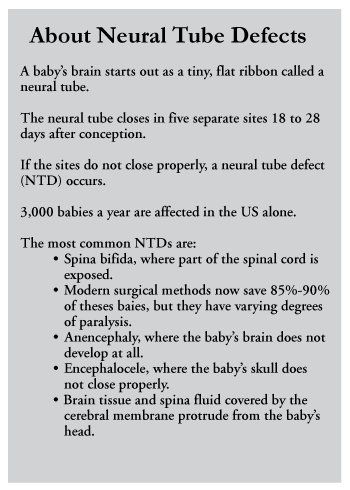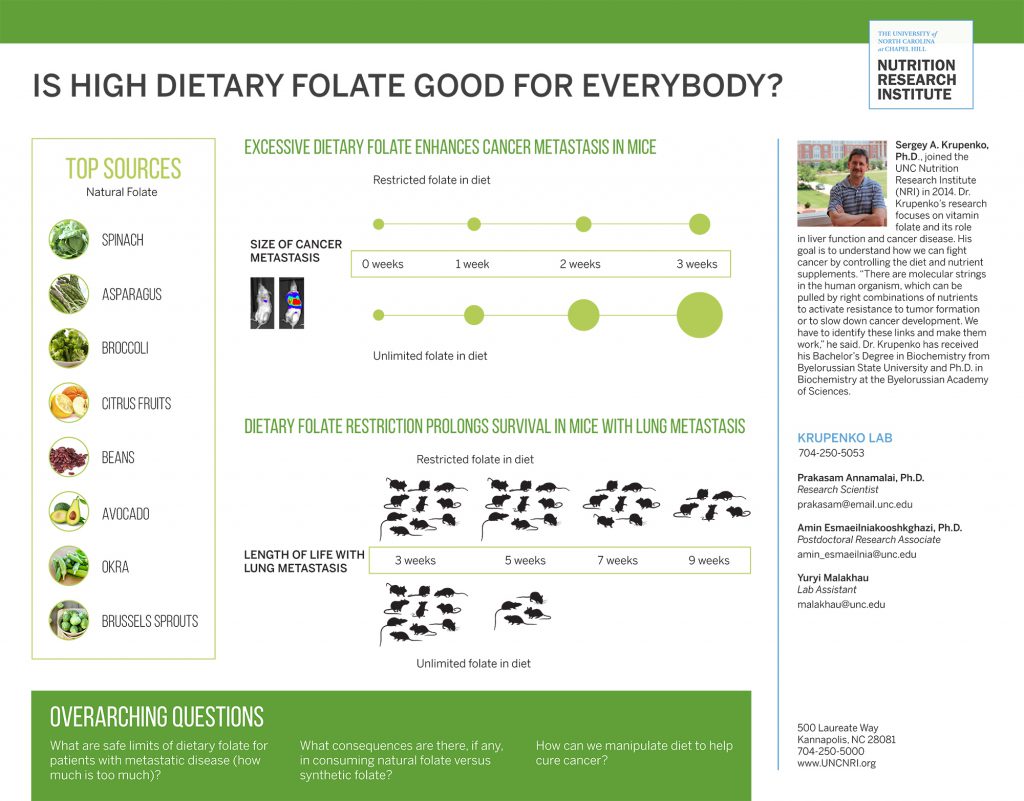 In 1996, the Food and Drug Administration (FDA) made it mandatory to add folic acid (FA) to grain products used to make cereal, bread, pasta and other foods. The ruling, which was intended to prevent neural tube defects (NTDs) has been very successful: The incidence of NTDs fell 36% over the following decade.
In 1996, the Food and Drug Administration (FDA) made it mandatory to add folic acid (FA) to grain products used to make cereal, bread, pasta and other foods. The ruling, which was intended to prevent neural tube defects (NTDs) has been very successful: The incidence of NTDs fell 36% over the following decade.
The FDA’s ruling was unique because the target population (women of child-bearing age) is much smaller than the population affected (anyone eating fortified foods), especially now that so many countries around the world add FA to wheat, corn, and rice. Luckily, studies around the globe prove that FA benefits the general population by lowering the incidence of heart disease, stroke, and even mood disorders, which is why FA is also present in multivitamin supplements.
FA (also known as Vitamin B9 or pteroylmonoglutamate), is not present in fresh foods or non-fortified food products. It is a synthetic form of folate with a completely different chemical structure that is very stable—unlike natural folate, which is often destroyed by normal food preparation and storage methods. Humans cannot make folate, so we must obtain it from folate-rich foods (beans, fruit, certain vegetables, and beef liver), or from fortified foods and/or multivitamins.
Sergey Krupenko, Ph.D., who joined the NRI in 2014, studies the differences between natural folate and FA, and the roles they play in liver function and cancer. He believes that the right combination of nutrients can lower the risk of getting cancer and slow the rate at which existing cancer spreads (metastasizes).
We already know that mouse pups and human babies are healthier and smarter throughout their lives if their mothers get plenty of folate and choline in their diets before getting pregnant, during pregnancy, and while nursing. However, Krupenko’s recent experiment on mice produced a surprising result.
As Table 1 illustrates, mice with lung cancer fed a low-FA diet lived nearly twice as long as mice fed a high-FA diet, proving that (in mice at least), high levels of FA actually help lung cancer metastasize.
Table 1
| Mice with lung cancer | GROUP A | GROUP B |
| Amount of folate in diet | High | Low |
| Average survival time | 35 days | 63 days |
| Behavior of cancer cells | Number increased dramatically Spread to the lymph nodes |
Number increased slightly Remained in the lungs |
FA is in the global food supply because it has many proven benefits, but the combination of fortified foods and multivitamin supplements (especially in wealthy countries) supplies so much FA that our bodies cannot metabolize it. Many recent studies show high levels of unmetabolized FA in the blood of test subjects, which in turn is likely to cause high levels of cellular FA.
We don’t know if high levels of circulating or cellular FA are harmful, but the results of Krupenko’s experiment in animal models of lung cancer make it clear that further research is critically important.

